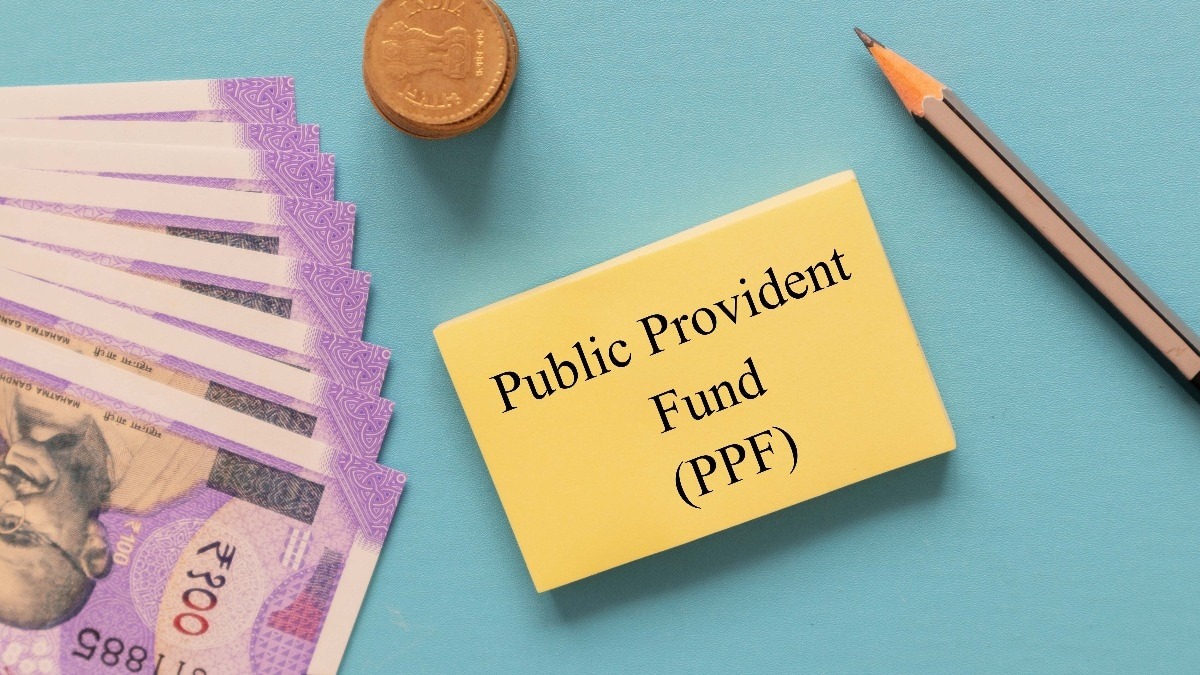
Follow WOWNEWS 24x7 on:
Updated: May 30, 2025 07:37

Key Developments
President Donald Trump has declared that the President of the United States must be empowered to protect the nation against economic and financial harm, invoking emergency powers to introduce sweeping tariffs on imports from nearly all U.S. trading partners.
Trump’s administration argues these tariffs are essential to counteract unfair foreign trade practices, reduce persistent trade deficits, and safeguard American workers and industries.
Background and Rationale
In April 2025, Trump invoked the International Emergency Economic Powers Act (IEEPA) to declare a national emergency, citing large and persistent trade deficits and nonreciprocal trade relationships as threats to U.S. economic security.
The administration imposed a baseline 10% tariff on all imports, with higher, individualized tariffs on countries with the largest trade deficits with the U.S.
Trump’s team emphasized that these measures would remain until the perceived threats were resolved or mitigated.
Recent Trade Negotiations
In May, the U.S. reached a breakthrough agreement with China, resulting in both sides lowering tariffs by 115% while maintaining a 10% baseline tariff. China also agreed to suspend its retaliatory tariffs for 90 days.
The administration hailed these moves as historic wins for American workers and proof of Trump’s commitment to “America First” trade policy.
Legal Setbacks and Judicial Review
A major setback occurred when the U.S. Court of International Trade ruled that Trump had exceeded his authority under IEEPA by imposing such broad tariffs, stating that only Congress has the constitutional power to regulate commerce with foreign nations.
The court’s decision blocked most of the new tariffs, including those on China, Canada, and Mexico, but left in place sector-specific tariffs on steel, aluminum, and automobiles, which were enacted under different legal provisions.
Immediate Impact and Market Reaction
The court’s ruling caused significant volatility in global markets, with Asian stocks rallying and U.S. indexes closing higher as investors anticipated potential relief from trade tensions.
The Trump administration immediately appealed the ruling, and a federal appeals court has temporarily allowed the tariffs to remain in effect during the appeals process, citing national security concerns.
Ongoing Policy Tools
Even as the legal battle continues, Trump retains other mechanisms to impose targeted tariffs, such as those requiring Commerce Department investigations into specific industries.
The administration has signaled it will pursue alternative strategies to maintain pressure on foreign competitors and continue defending American economic interests.
What’s Next?
The legal fight over Trump’s emergency tariffs is far from over, with multiple lawsuits pending and the final outcome likely to shape the direction of U.S. trade policy for years.
If the broad IEEPA tariffs are ultimately struck down, analysts predict a rebound in U.S. economic growth and easing of inflationary pressures. Importers may also be eligible for refunds on tariffs already paid, depending on the final court decisions.
The White House remains defiant, insisting that only strong executive action can address the economic threats facing the country and vowing to use every available tool to protect American jobs and industries.
Source names: White House, Times of India, BBC, CNBC, Reuters, Hindustan Times, New Indian Express


